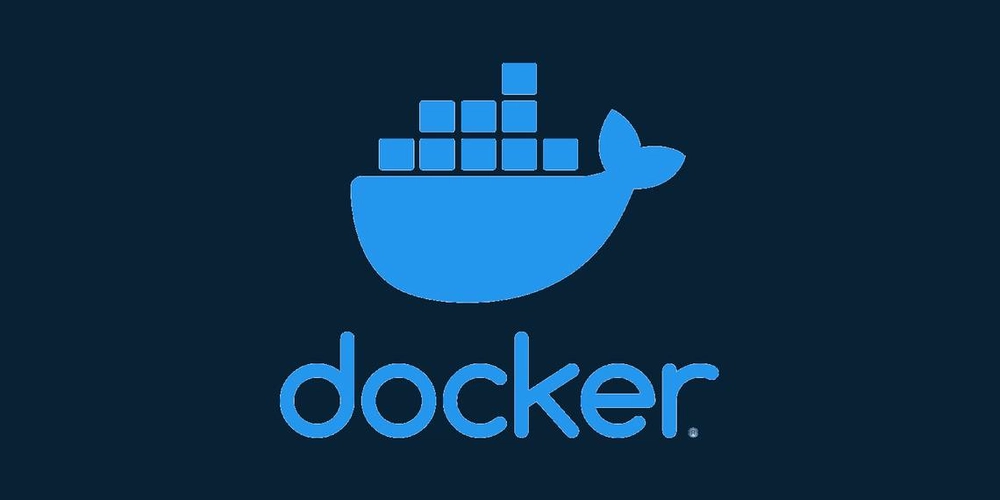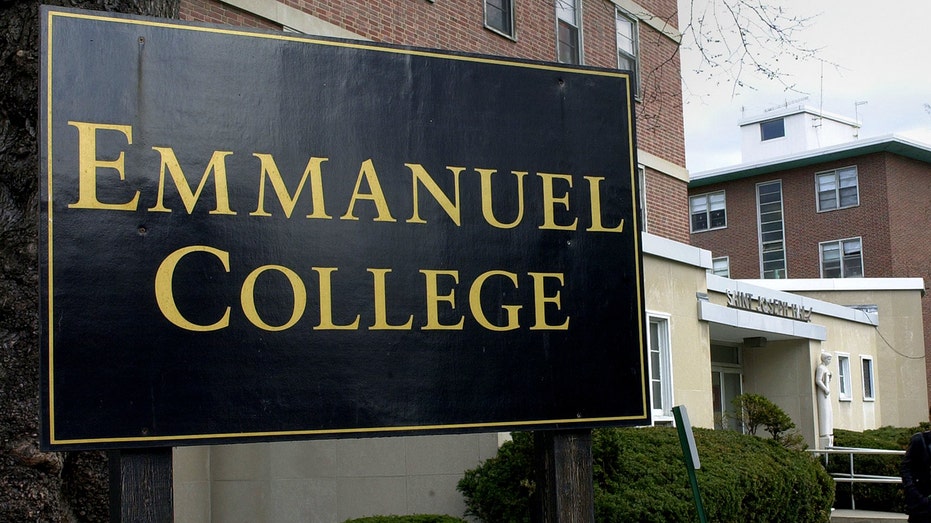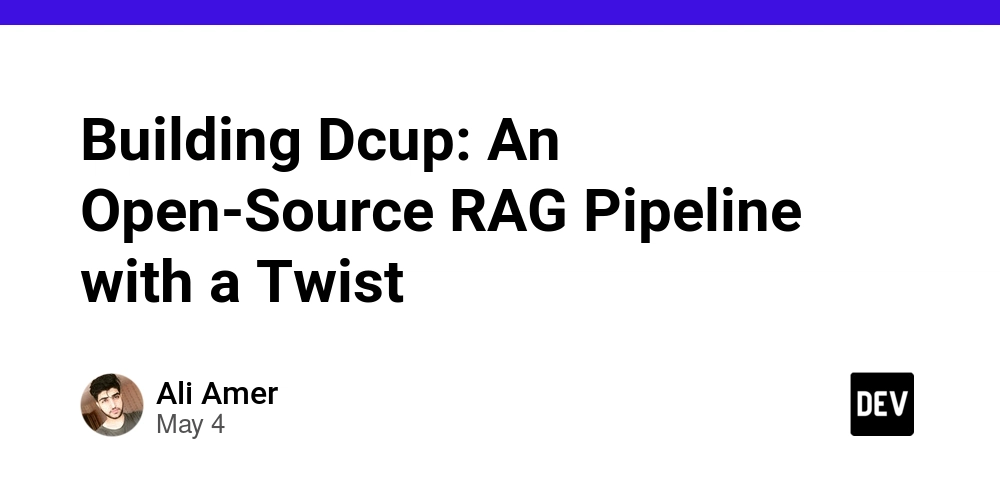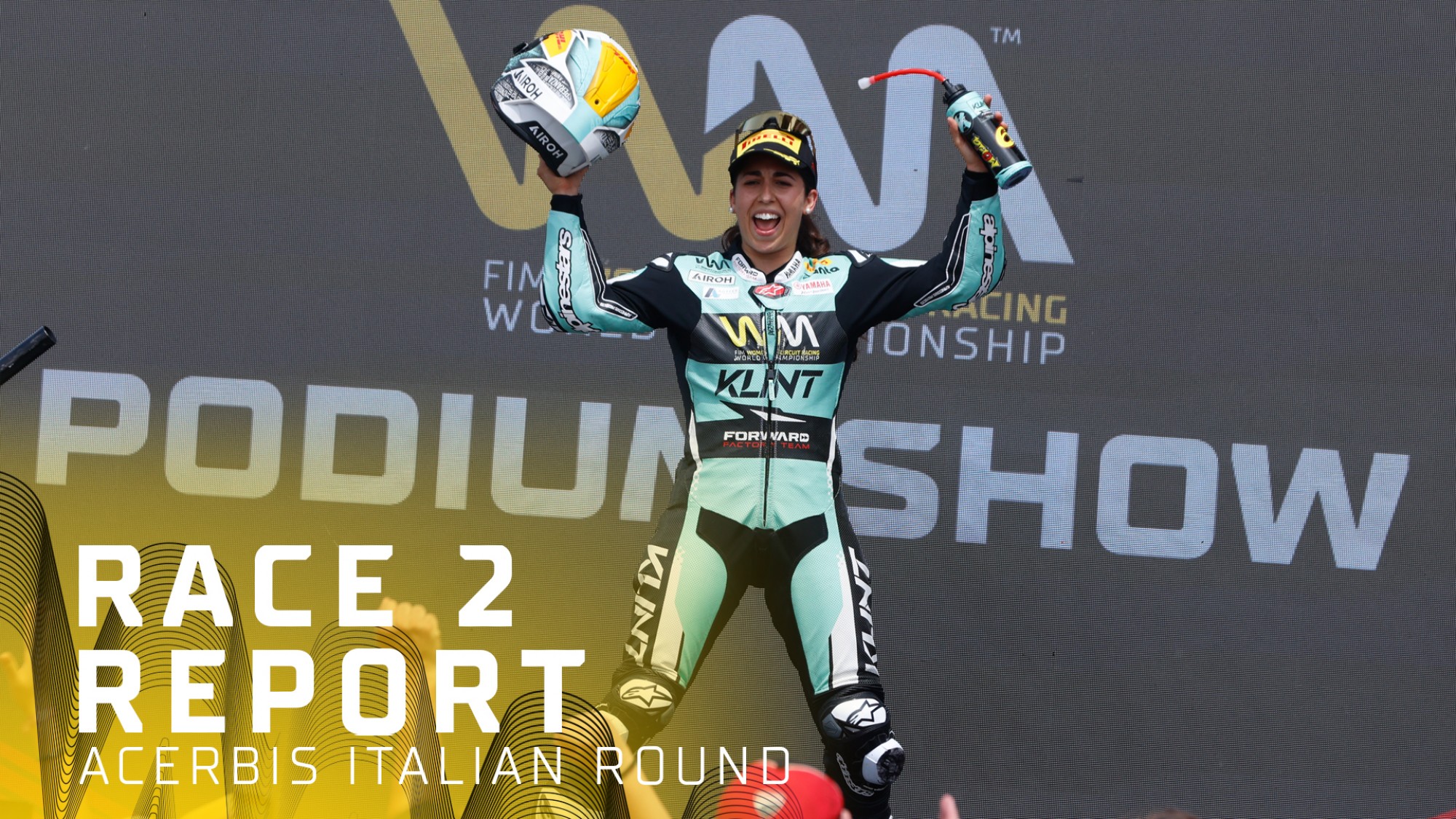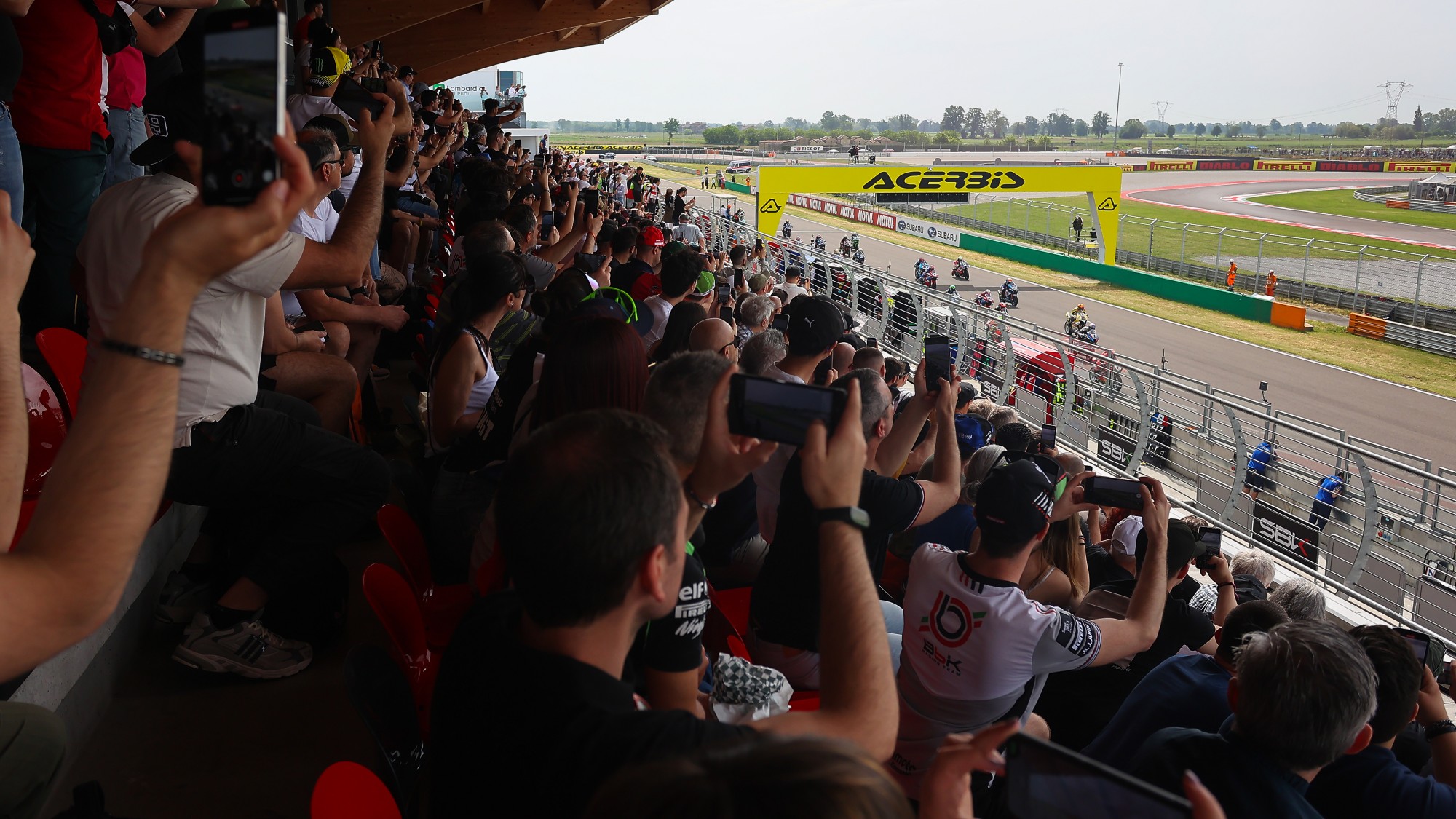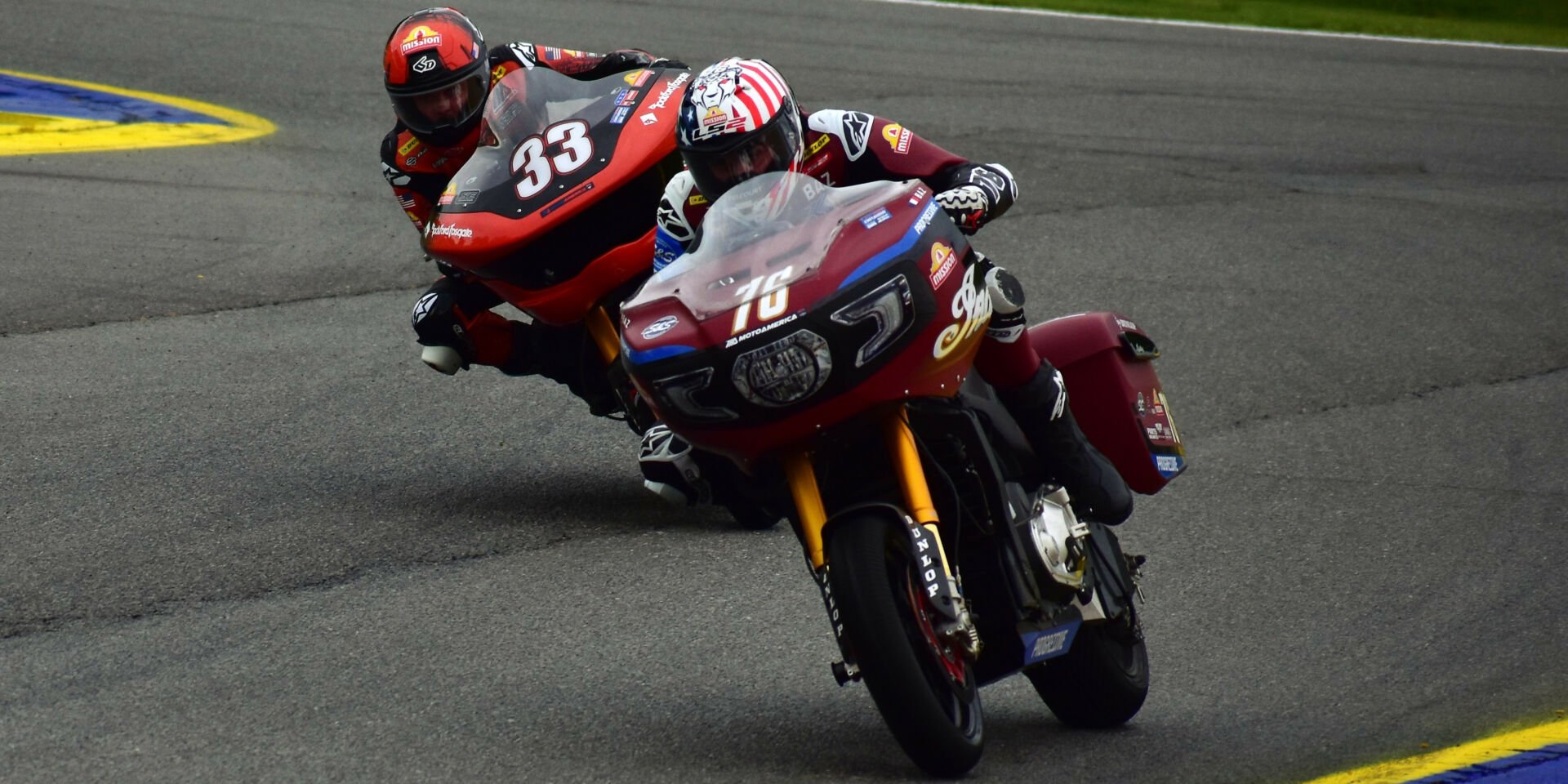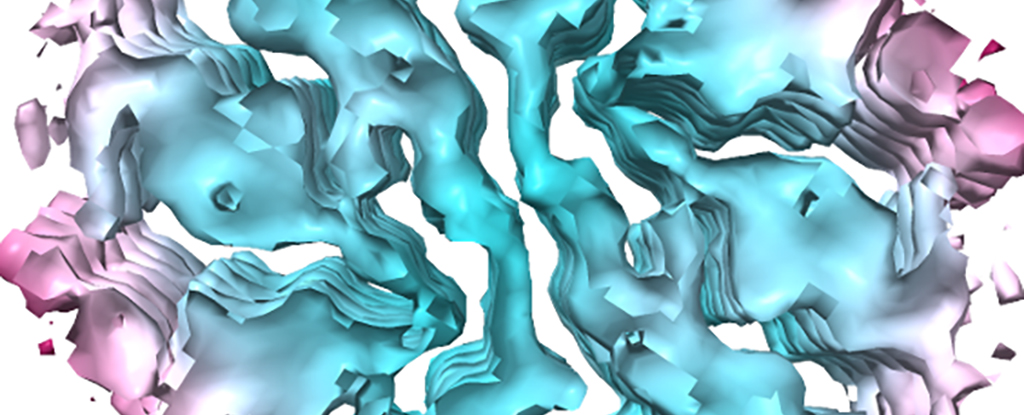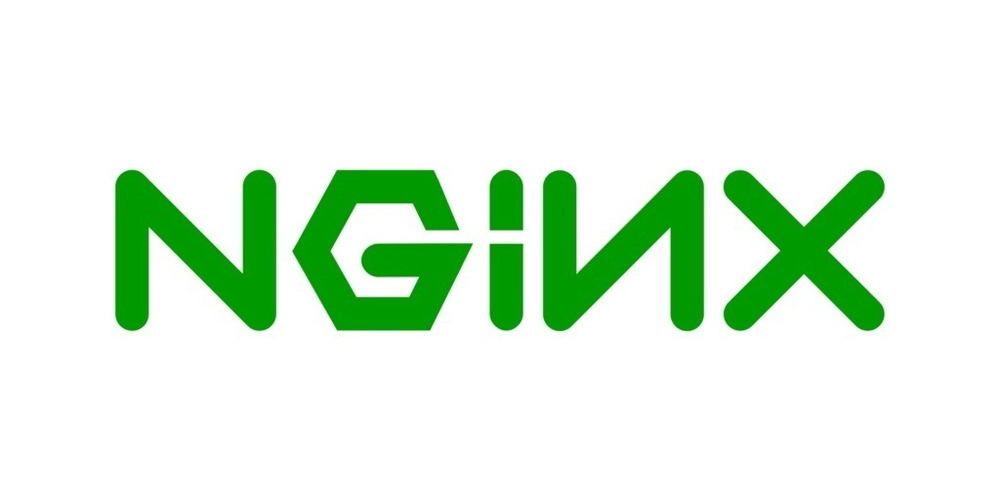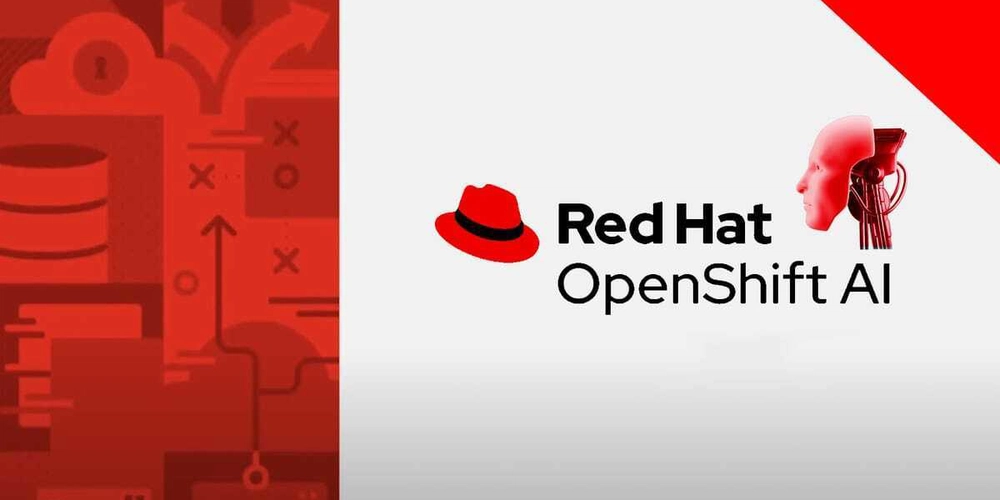What and Why of Docker ?
- Virtualization software
- Makes developing and deploying applications much easier
- Packages application with all the necessary dependencies, configuration, system tools and runtimes
- Portable artifact, easily shared and distributed
| Development before containers |
Development after containers |
- Each developer needs to install and configure all services directly on their OS
- Installation process different for each OS environment
- Many steps where something can go wrong
|
- Own isolated environment
- Postgres packaged with all dependencies and configs
- Start service as a Docker container using 1 Docker command
- Command same for all services
- Standardized process for running any service on any local dev environment
- Easy to run different versions of the same app without conflicts
|
| Deployment before Containers |
Deployment after Containers |
- Installations and configurations done directly on the server's OS
- Dependency version conflicts
- Human errors can happen
- Back and forth communications
|
- Instead of textual, everything is packaged inside the Docker artifact
- No configurations needed on the server (except Docker runtime)
- Less room for errors
- Install Docker runtime on the server
- Run Docker command to fetch and run the Docker artifacts
|
Docker vs Virtual Machine
- An OS is made up of 2 layers i.e. OS Kernel and OS Application Layer
- Kernel is at the core of every OS
- Kernel interacts between hardware and software components
- Docker contains the OS application layer
- Services and apps are installed on top of that layer
- VMs contains both OS application layer and OS kernel layer
- Docker images are much smaller (Docker images are in MD while VM images in GB)
- Containers take seconds to start while VMs take minutes to start
- Docker is compatible only with Linux distros while VMs are compatible with all OS
- Docker was originally made for Linux
- However, Docker Desktop allows you to run Linux containers on Windows or MacOS
- Docker Desktop uses a Hypervisor layer with a lightweight Linux distro
Install Docker Locally
- Got to the official Docker website
- Follow installation steps
Docker Desktop includes
- Docker Engine
- A server with a long-running daemon process "Dockerd"
- Manages images and containers
- Docker CLI - Client
- CLI to interact with Docker Server
- Execute Docker commands to start/stop... containers
- GUI Client
- To manages your containers and images with a GUI
Images vs Containers
| Images |
Docker Container |
- An executable application artifact
- Includes app source code, but also complete environment configuration
- Add environment variables, create directories, files, etc.
- Immutable template that defines how a container will be realized
- You can run multiple containers from 1 image
|
- Actually starts the application
- A running instance of an image
- That's when the container environment is created
|
Public and Private Registries
| Public Docker Registries |
Private Docker Registries |
- Dockerhub largest public registry
- Anyone can search and download docker images
|
- You need to authenticate before accessing the registry
- All big cloud provider offer private registries: Amazon ECR, Google Container Registry, ect.
- Nexus (popular artifact repository manager)
- Docker Hub
|
Registry vs Repository
Docker Registry
- A service providing storage
- Collection of repositories
Docker Repository
- Collection of related images with same name but different versions
Docker Registries
- A storage and distribution system for Docker images
- Official images available form applications like Redis, Mongo,etc.
- Official images are maintained by the software authors or in collaboration with Docker community
- Docker hosts one of the biggest Docker Registry, called 'Docker Hub'
Image Versioning
- Docker images are versioned
- Different versions are identified by tags
Main Docker commands
docker images #List all docker images
docker ps #List all running containers
#Pull an image from a registry
docker pull {name}:{tag}
docker pull nginx:1.23
#or
docker pull nginx:latest
- To create a container with random name from given image(either local or in dockerhub) and starts it
docker run {name}:{tag}
docker run nginx:1.23
Run container in background and prints the container ID using -d or --detach
To view logs from service running inside the container (which are present at the time of execution) use :
docker logs {container}
docker logs 1e342f2
To stop a container
docker stop {container}
docker stop 1e342f2
Run Containers
- docker run command Creates a new container
- Doesn't re-use previous container
- use
-a pr --all to List all container (stopped and running)
- to give name to a container when creating a new container, use:
docker run --name {name} {name}:{tag}
docker run --name web-app nginx:1.23
- to stare one or more stopped containers, use:
Port Binding
- Application inside container runs in an isolated Docker network
- This allows us to run the same app running on the same port multiple times
- We need to expose the container port to the host (the machine the container runs on)
- use
-p or --publish to publish a container's port to the host
docker run -d -p {HOST_PORT}:{CONTAINER_PORT} {name}:{tag}
docker run -d -p 9000:80 nginx:1.23
Create own Image (Dockerfile)
- Dockerfile is text document that contains commands to assemble an image
- Docker can then build an image by reading those instruction
Structure of Dockerfile
-
Dockerfile start from a parent image or base image
- You choose the base image, depending on which tool you need to have available, for example node, tomcat, python,etc.
- Dockerfile must begin with a
FROM instruction
- Build this image from the specified image
- RUN command will execute any command in a shell inside the container environment
-
COPY command copies files or directories from and adds them to the filesystem of the container at the path
- While
RUN is executed on container, COPY is execute on host
-
WORKDIR sets the working directory for all following commands
- Like changing into a directory using
cd
-
CMD command is for the instruction that is to be execute when a Docker container starts
- There can only be one
CMD command in a dockerfile.
Example
- Let our node.js project file structure be
.
├── src/
│ ├── server.js
│ └── Dockerfile
└── package.json
- Then our Dockerfile will be :
FROM node:19-alpine
COPY package.json /app/
COPY src /app/
WORKDIR /app
RUN npm install
CMD ["node","server.js"]
Building the image
- To build the image use the following command:
docker build -t {name}
docker build -t node-app
- The
-t or --tag is used to set a name and optionally a tag in the "name:tag" format
